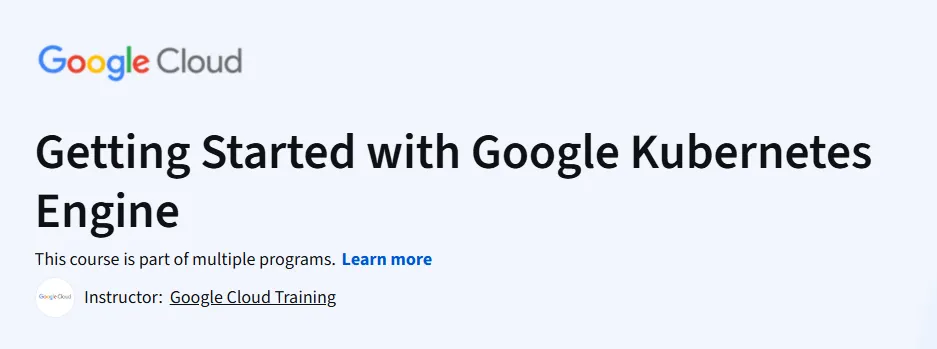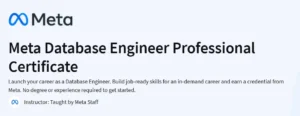What will you learn in Getting Started with Google Kubernetes Engine Course
Compare Google Cloud compute options and learn how GKE fits into cloud infrastructure.
Understand container orchestration with Kubernetes architecture: pods, services, clusters, and masters.
Create and manage GKE clusters using the Console, gcloud CLI, and kubectl commands.
Deploy containerized applications, scale them, perform rolling updates, and apply CI/CD pipelines with Cloud Build.
Program Overview
Module 1: Introduction to Cloud & GKE
⏳ ~30 minutes
Topics: Basics of cloud computing, Google Cloud compute offerings, key components of Kubernetes and GKE.
Hands-on: Orientation on Cloud Console and Cloud Shell, plus an introductory quiz.
Module 2: Containers & Kubernetes Architecture
⏳ ~1 hour
Topics: Containerization with Docker, container images, Kubernetes architecture and orchestration concepts.
Hands-on: Guided labs to create Docker images, deploy containers on GKE, and understand Kubernetes structure.
Module 3: Cluster Management & Deployment
⏳ ~1 hour
Topics: Building clusters, node pools, resource provisioning, and deploying applications via CLI.
Hands-on: Deploy a website, scale workloads, and update apps with rolling releases.
Module 4: CI/CD Pipelines & Debugging
⏳ ~2 hours
Topics: Automating build and deployment pipelines using Cloud Build, Artifact Registry, and debugging GKE apps.
Hands-on: Build a CI/CD pipeline, deploy updated containers, and troubleshoot via logs and service mesh.
Get certificate
Job Outlook
Prepares learners for roles like Cloud Engineer, DevOps Engineer, and Site Reliability Engineer working with Kubernetes.
Hands-on GKE training is in high demand as Kubernetes adoption continues to surge across industries.
Specification: Getting Started with Google Kubernetes Engine
|
FAQs
- No, deep prior knowledge isn’t required, but basic cloud concepts help.
- Familiarity with Linux commands will make the labs easier.
- Knowing what Docker containers are is helpful but not mandatory.
- The course introduces Kubernetes fundamentals step by step.
- Beginners can still succeed as the labs guide through commands clearly.
- Roles like Cloud Engineer, DevOps Engineer, and SRE use GKE daily.
- Skills learned here strengthen your portfolio for cloud-native careers.
- GKE is widely used in production systems across enterprises.
- Certification signals practical readiness for cloud teams.
- It complements other Google Cloud skills for multi-role opportunities.
- Every module includes labs where you deploy and manage workloads.
- You’ll use Cloud Console, gcloud CLI, and kubectl directly.
- Exercises involve scaling apps, performing updates, and debugging.
- Labs simulate real production-like Kubernetes tasks.
- By the end, you’ll have deployed live containerized apps on GKE.
- No, it’s an introduction focused on GKE basics.
- You’ll learn deployment, scaling, and CI/CD at beginner level.
- Advanced topics like networking or multi-cluster setups aren’t covered.
- It’s a strong foundation for further Kubernetes certifications.
- Pairing with advanced courses or real projects deepens mastery.
- The structured modules take about 4–5 hours in total.
- Beginners may spend extra time revisiting Docker or Linux basics.
- Hands-on labs may take longer depending on cloud familiarity.
- Practicing commands outside labs can extend learning time.
- Most learners complete it comfortably within 1–2 days.





